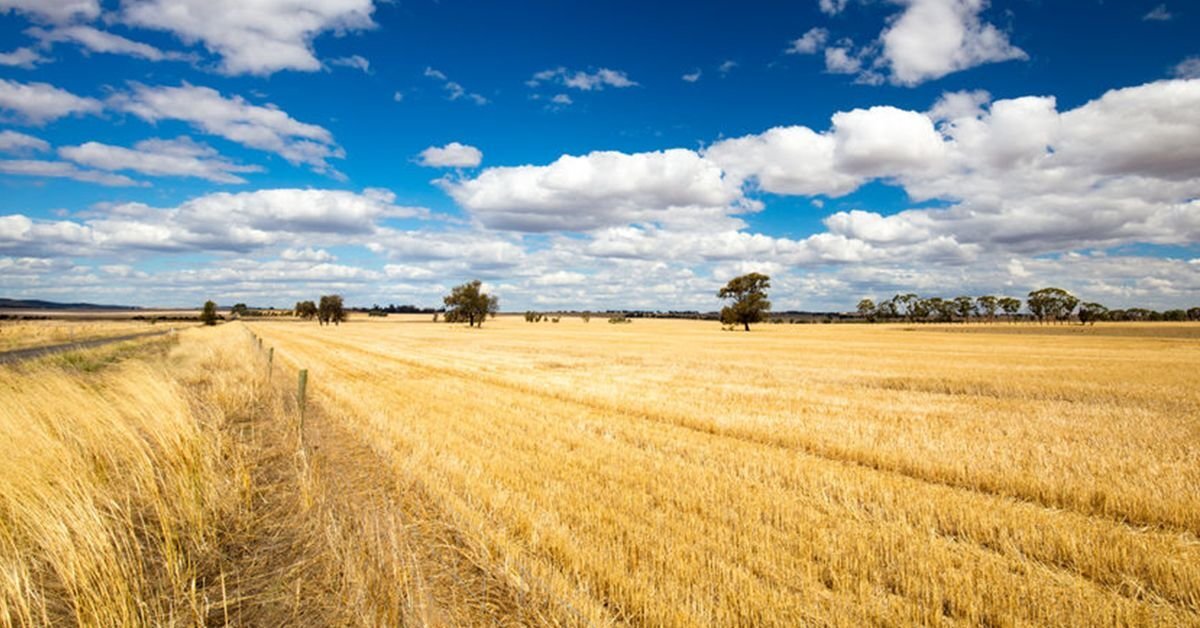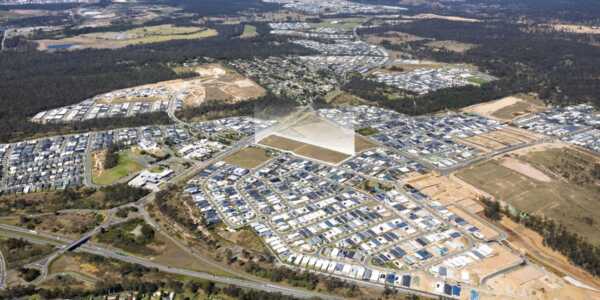Whether you’re planning on developing, investing or land-banking, it is important to understand the zoning codes and restrictions that apply to your area of interest.
Australia’s population is set to increase over the next 30 years by 11.8 million people. Rezoning of certain geographic spaces is inevitable, and as we discussed in this recent article, some individuals are able increase the value of their land by tens of million dollars from rezoning alone.
What is zoning?
State and local governments need to plan adequately for the expected population growth to ensure they retain liveability and desirability in their municipalities.
Zoning helps to regulate the spread and type of development that ensues. Each zoning regulation has a corresponding code that effectively falls into one of the following categories.
- Commercial
- Mixed-Use
- Residential
- Industrial
- Agricultural
- Public Use
Each state governs its own framework for zoning and because of this, things are slightly different state to state – we’re going to drill down into Victoria, New South Wales and Queensland to explain it a little bit clearer.
Victoria
The state Department of Transport, Planning and Local Infrastructure manage the growth and planning of Victoria.
In 2014 the department made some reforms regarding existing zones, deleting nine, implementing five new ones and remodelling an existing 12.
Last year they released their Melbourne Metropolitan Planning Strategy, which sets plans and aspirations to the year 2050. Outside of the metropolitan space, Victoria has been divided up into eight regions each with their own growth plan. View each of the plans here.
The three newly instilled residential zones have recently been reformed too, and provide restrictions on height, space, and style of development – see here for more info.
- Residential Growth Zone – RGZ
- General Residential Zone – GRZ
- Neighbourhood Residential Zone – NRZ
Other zoning codes you may see across Victoria are;
- Commercial 1 Zone – C1Z
- Commercial 2 Zone – C2Z
- Low Density Residential Zone – LDRZ
- Mixed Use Zone – MUZ
- Township Zone – TZ
- Rural Living Zone – RLZ
- Green Wedge Zone – GWZ
- Green Wedge A Zone – GWAZ
- Rural Conservation Zone – RCZ
- Farming Zone – FZ
- Rural Activity Zone – RAZ
- Industrial 1 Zone – I1Z
- Industrial 2 Zone – I2Z
- Industrial 3 Zone – I3Z
You can find your relevant planning scheme and which zones are applied here.
New South Wales
The NSW Department of Planning and Environment administers the planning and zoning for the state.
To simplify zoning laws the department established Local Environmental Plans (LEPs) in 2006. These were introduced to guide planning decisions for local government areas. They do this through zoning and development controls, which provide a framework for the way land can be used. You can track current re-zoning proposals here.
You can also view the nine regional plans, the Metropolis of Three – Greater Sydney plans, as well as local community plans on the department website. It is within these plans that you will find the corresponding zone.
Some common codes you are likely to come across are;
- General Residential – R1
- Low Density Residential – R2
- Medium Density Residential – R3
- High Density Residential – R4
- Large Lot (Rural) Residential – R5
- Mixed-Use – B4
Queensland
Queensland's new planning system came into force in the middle of 2017. Local governments are the key enablers of planning and development across Queensland. They prepare planning schemes — legally binding plans prepared in consultation with the local community and signed off by the Planning Minister — and assess most development applications. Queensland is yet to establish standard state-wide zoning codes so you will need to consult the individual shire’s administration. There are 77 different councils and you can access their individual information and regional plans here.
The state developed a Sustainable Planning Act in 2009 which formed the common system (SPA) of establishing how development applications should be made and assessed for building, subdividing land or changing how an existing building or piece of land is used. Previously under SPA you were not able to officially re-zone an area, but you could apply for Preliminary Approval, which would let you override the planning scheme. This concept has been carried forward into the new Planning Act (2016).
Under the Planning Act (2016) much of the concept from the SPA was retained and much was simplified. 'Variation Request' must be submitted and is supported becomes a 'Variation Approval'. These are often site specific and can have different effects over the existing planning scheme for the area. This small booklet provides a brief overview of the Planning Act (2016).
Understanding your local council
While it is the state government that establishes the planning and zoning regulations, it is the local councils that apply them in a local context. It pays to be wary of the specific codes and restrictions that apply in each municipality of your given project – they may vary and your success is often intrinsically linked to the rules set down by (and your relationship with) the governing body.









